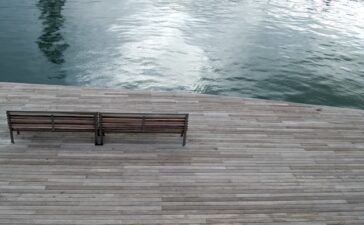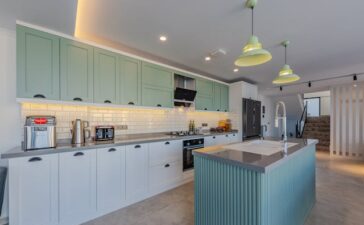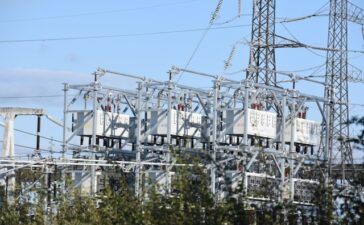Since its invention in 1718, paint has been around for a long time. Hundreds of years ago, early cavemen used their type of paint to create cave paintings. The texture and quality of paint have changed over time, and there is now a clear distinction between higher- and lower-quality paint. We’ll examine the factors that influence the production and use of high-quality paint.
Many people paint for enjoyment, that is, in the form of paintings and other works of art. However, painting our houses and buildings serves a more useful or practical purpose. A simple coat of paint in a brand-new colour may work wonders for a structure’s appearance. Paint enables you to alter the appearance of a building through colour. With commercial repaint Brisbane, you can update ancient structures, bring out the colour of dimly lit spaces, or provide warmth to huge spaces to make them feel more inviting. While some colours evoke a sense of tranquillity and relaxation, others evoke happiness and optimism.

However, the goal of painting our houses and other structures is more practical or functional. A simple coat of paint in a brand-new colour may work wonders for a structure’s appearance. Paint enables you to alter the appearance of a building through colour. With paint, you can update ancient structures, bring out the colour of dimly lit spaces, or provide warmth to huge spaces to make them feel more inviting. While some colours evoke a sense of tranquillity and relaxation, others evoke happiness and optimism.
We paint buildings primarily to protect them. A building’s façade and inside are shielded by a coat or two of paint from hazards such as water intrusion, wind, UV radiation, stains, filth, mould, and the deterioration of bricks and plaster. To protect the surface of your building for a longer period, it is crucial to choose your paint wisely. The amount of protection depends obviously on the quality of the paint used.
The quantity of each ingredient makes a variation in the quality of paint between high- and low-quality paint. For instance, a high-grade paint will include more pigment and binder than paint of lower quality. Paint’s UV resistance and durability, which allow it to last longer and fade more slowly, are both attributed to the pigment. 20% pigment, 20% extender, 40% binder, 15% solvent, and 5% additives make up a high-quality paint mix.

Higher-quality paint is not porous, so water simply flows off the paint instead of soaking into it. Poorer paint absorbs water quickly because it is porous, which causes bubbling and peeling to happen very quickly. The cost of the paint rises with a higher proportion of pigment and binder, but the long-lasting results outweigh the expense of needing to repaint more frequently with inferior paint. Simply because you won’t need to repaint as frequently as you would with lesser quality paint, it is worthwhile to invest in higher quality paint. It more effectively safeguards the building, resulting in less harm to your building. Cheaper paints have their place and time. For instance, a less expensive, more porous paint would perform better, enabling the substrate to breathe, if you were building a boundary wall where wetness is unavoidable.




